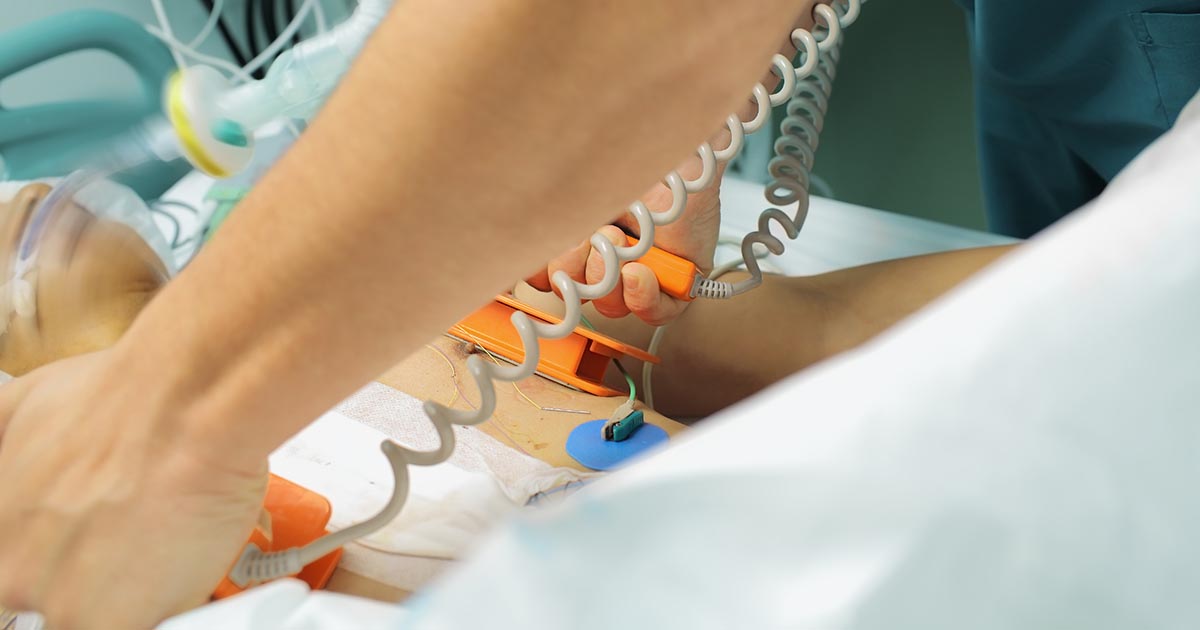Guide To Atrial Fibrillation Treatment
Atrial fibrillation is a condition characterized by a rapid and irregular heartbeat that can produce life-threatening complications, including heart failure, strokes, and numerous other heart conditions. For the heart to beat properly, the upper two chambers or atria and the lower two chambers or ventricles have to be in sync with each other. Atrial fibrillation occurs when the atria experience irregular and chaotic beating that discords from the ventricle rhythm. Symptoms of atrial fibrillation include breathlessness, heart palpitations, and weakness. Atrial fibrillation can be transient, or it may be chronic and consistent. Because atrial fibrillation causes blood stagnation in the atria, there is increased concern with the development of blood clots in these chambers. Blood clots travel around the body and cut off blood supply at the location where they become lodged.
Cardioversion

An individual affected by atrial fibrillation due to certain underlying causes may need to undergo cardioversion as part of their treatment plan. Cardioversion is a procedure that intends to reset a patient's heart rhythm and rate to normal. There are two ways cardioversion can be accomplished. Electrical cardioversion is a type of cardioversion that utilizes electrical impulses to stop the electrical activity in the heart so it can restart at a normal rhythm. Cardioversion with drugs is a process where medications referred to as antiarrhythmics are utilized to revert the rhythm of the patient's heart back to normal. This process most often occurs in the setting of a hospital where the patient receives the antiarrhythmic drugs intravenously or by mouth. They are then closely monitored for some time to see if their heart rhythm reverts to normal. If the drug is successful at alleviating atrial fibrillation, it will be prescribed for the patient to take when they experience episodes of atrial fibrillation.
Anti-Arrhythmic Medication

Patients with chronic atrial fibrillation may need to take certain antiarrhythmic medication long-term daily to stop episodes before they can occur. This type of medication is typically only prescribed when the patient's heart rhythm has already been corrected with the use of electrical cardioversion. The most common antiarrhythmic medications used include flecainide, amiodarone, dofetilide, propafenone, and sotalol. Different antiarrhythmic drugs utilize different mechanisms to restore and maintain a patient's healthy heart rhythm and function. Some of these drugs work by increasing or decreasing the velocity of electrical conduction in the tissues. Others work by changing the excitability of the cells that make up the heart through the alteration of the effective refractory period duration. Another mechanism antiarrhythmic medications use to help maintain a patient's heart rhythm is by inhibiting the abnormal automaticity that occurs in the tissues and is known to trigger atrial fibrillation.
